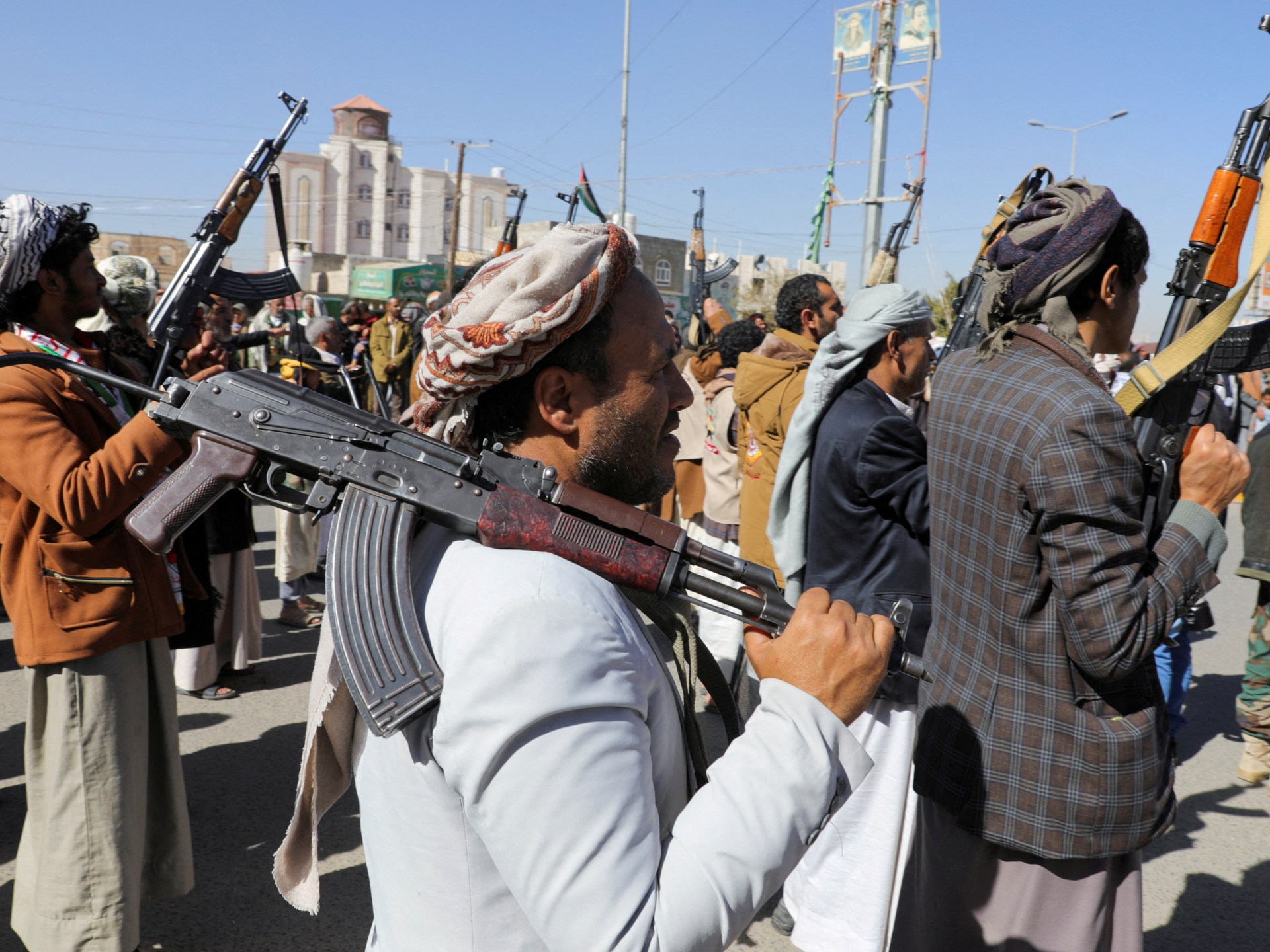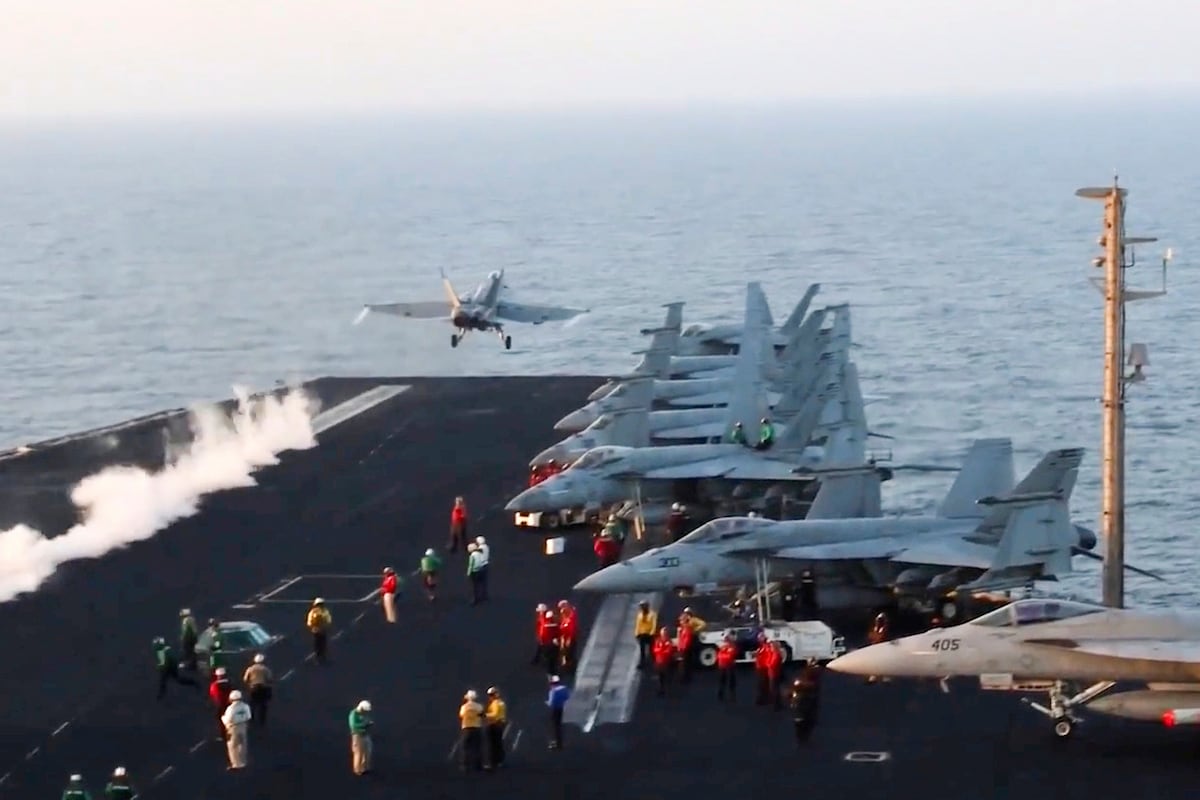Iran has ordered military personnel to leave Yemen, abandoning its Houthi allies as the US escalates an air strike campaign against the rebel group.
A senior Iranian official said the move aimed to avoid direct confrontation with the US if an Iranian soldier was killed.
The official said Iran was also scaling back its strategy of supporting a network of regional proxies to focus on the direct threats from the US instead.
Tehran’s primary concern, the source said, was “Trump and how to deal with him”.
“Every meeting is dominated by discussions about him, and none of the regional groups we previously supported are being discussed,” the source said.
There have been near-daily attacks on the Houthis from the US since group chat messages from senior Trump officials discussing the strikes were leaked to the media last month.
The strikes, which Donald Trump described as “unbelievably successful”, have destroyed important military targets and killed commanders.
A Pentagon spokesman said more warplanes would be sent to the region but did not provide specific details.
However the US’s 124th Fighter Wing announced late last month it was sending “multiple” A-10 Thunderbolt II ground-attack aircraft and 300 airmen to the Middle East.
A Russian military expert in Sanaa, the capital of Yemen, is also believed to be advising the Houthis on how to carry out their attacks while preventing them from targeting Saudi Arabia.
The kingdom has bombarded Houthi forces in Yemen since intervening in its civil war in 2015, and has hosted high-level talks between the US and Russia over a potential ceasefire in Ukraine.
The Houthi rebels have said they have been attacking US warships in the Red Sea, including the aircraft carrier USS Harry S Truman, which has been leading efforts to strike the rebel group.
No ships have been hit yet, but the US Navy said the Houthi fire was the heaviest its sailors have faced since World War II.
The USS Carl Vinson aircraft carrier, currently in Asia, is also on its way to the Middle East to support Truman.
The regime source in Iran said: “The view here is that the Houthis will not be able to survive and are living their final months or even days, so there is no point in keeping them on our list.
“They were part of a chain that relied on Nasrallah [the former secretary-general of Hezbollah] and Assad, and keeping only one part of that chain for the future makes no sense.”
Mr Trump has been ratcheting up pressure on Iran to come to the table and discuss limiting its nuclear programme. Last week Mr Trump moved stealth B-2 bombers to the US-UK Diego Garcia military base in the Chagos Islands.
The US position on Iran and the Middle East has radically shifted since Mr Trump came into power.
Sanam Vakil, director of the Middle East and North Africa programme at the Chatham House International Affairs Think Tank, said the increase in US strikes on Yemen was the Trump administration’s attempt to distance itself from the previous administration.
Joe Biden removed the Houthis’ designation as a terror organisation in 2021 – a decision Mr Trump reversed in January.
“Trump is trying to prove that he is more effective at ending and solving conflicts than the Biden administration was,” said Ms Vakil.
“[The strikes are] connected to the maximum pressure campaign that he has endorsed and he wants to simultaneously send a message to Iran and to the axis of resistance that his administration is going to take a bolder approach to destabilising regional activities.”

Iran abandons Houthis under relentless US bombardment
Air strikes on Yemeni rebel group weaken Tehran’s proxy network as military focusses on Trump










